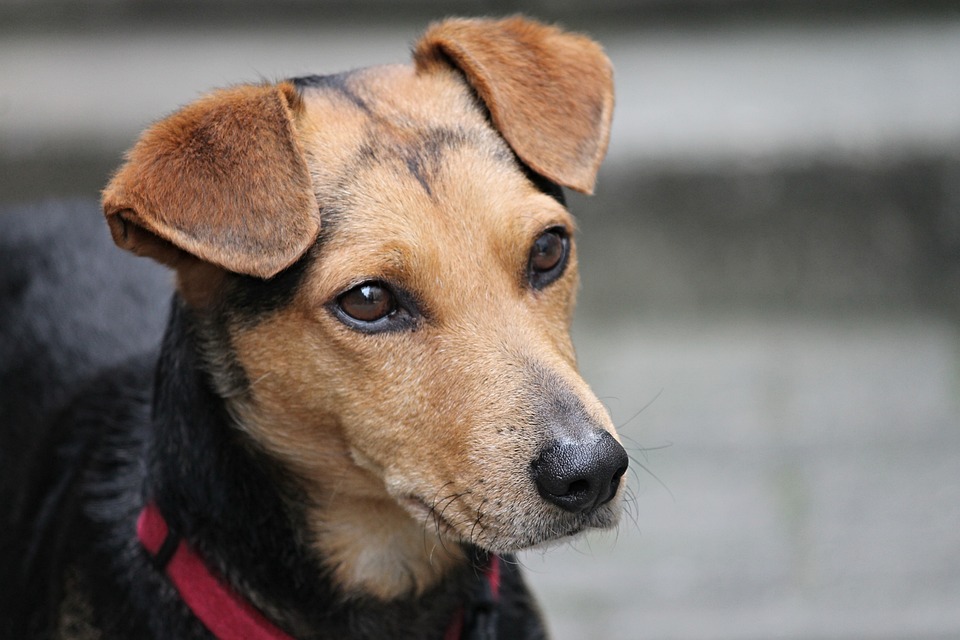Introduction:
As a responsible dog owner, you understand the importance of exposing your canine companion to various environments and experiences. One aspect of their exploration that is often overlooked is introducing them to new scents and odors. Dogs rely heavily on their sense of smell to interpret the world around them, so it is crucial to help them navigate and understand different smells they encounter. In this article, we will discuss the steps you can take to introduce your dog to new scents and odors, ensuring a positive and enriching experience for both of you.
I. Understanding the Importance of Scent Exploration
1. The significance of a dog’s sense of smell:
– Dogs have an extraordinary sense of smell, with millions more scent receptors than humans.
– Their sense of smell allows them to gather information about their environment, other animals, and even detect diseases or drugs.
2. How scent exploration benefits a dog’s mental and physical well-being:
– Engaging in scent exploration exercises stimulates a dog’s brain and keeps them mentally sharp.
– It provides them with mental enrichment, preventing boredom and destructive behavior.
– Scent exploration can also be a form of physical exercise, as it encourages dogs to use their senses and move around.
3. The role of scent training in enhancing a dog’s problem-solving abilities:
– Scent training can improve a dog’s problem-solving abilities by teaching them to follow specific scents or locate hidden objects.
– This type of training can be helpful in various scenarios, such as search and rescue operations or detecting contraband items.
II. Preparing for Introducing New Scents and Odors
1. Assessing your dog’s readiness for scent exploration:
– Ensure that your dog is in good health and physically capable of engaging in scent exploration activities.
– Consider your dog’s temperament and ability to focus on tasks before introducing them to new scents.
2. Choosing suitable environments for scent introduction:
– Start with familiar scents at home, where your dog feels comfortable and safe.
– Gradually progress to controlled environments with unfamiliar scents, such as using scent diffusers or natural scents in a confined area.
– Eventually, move on to outdoor environments where your dog can explore a variety of natural scents.
3. Ensuring your dog’s safety during scent exploration activities:
– Always supervise your dog during scent exploration activities, especially in unfamiliar environments.
– Keep your dog on a leash when exploring outdoor areas to prevent them from getting lost or encountering dangerous substances.
III. Step-by-Step Guide to Introducing New Scents and Odors
1. Start with familiar scents at home:
– Encourage your dog to investigate new scents within their comfort zone, such as introducing scented toys or treats.
– Use positive reinforcement techniques, such as treats or praise, to reward your dog for showing interest in new scents.
2. Gradually introduce unfamiliar scents in controlled environments:
– Use scent diffusers or natural scents in a confined area to expose your dog to unfamiliar smells.
– Observe your dog’s reactions and provide positive reinforcement when they show curiosity or interest in the new scents.
3. Progress to outdoor scent exploration:
– Take your dog for leashed walks in different environments, allowing them to encounter a variety of natural scents.
– Choose safe areas where your dog can investigate without the risk of encountering harmful substances or animals.
4. Incorporate scent games and puzzles:
– Engage your dog’s sense of smell through interactive toys and puzzles that require them to use their noses to find treats or toys.
– Use reward-based training methods to reinforce their scent detection skills and make the experience enjoyable for them.
IV. Frequently Asked Questions (FAQs)
1. Can all dogs be trained to recognize specific scents or odors?
– Most dogs can be trained to recognize specific scents through proper scent training techniques and consistent practice.
2. How long does it typically take for a dog to become comfortable with new scents?
– The time it takes for a dog to become comfortable with new scents can vary depending on the individual dog and their previous experiences. Patience and consistency are key.
3. Are there any scents that may be harmful or distressing to dogs?
– Some scents, such as certain cleaning products or essential oils, can be harmful or distressing to dogs. It is important to research and avoid exposing your dog to potentially harmful scents.
4. Can scent training help with behavioral issues, such as anxiety or aggression?
– Scent training can provide mental stimulation and help redirect a dog’s focus, which may help with certain behavioral issues. However, it is important to consult with a professional trainer or behaviorist for specific concerns.
5. Are there any specific dog breeds that excel in scent detection?
– Some dog breeds, such as Bloodhounds or Beagles, are known for their exceptional sense of smell and excel in scent detection work. However, any dog can benefit from scent exploration activities.
Conclusion:
Introducing your dog to new scents and odors is an essential part of their sensory enrichment. By following the steps outlined in this article and understanding the benefits of scent exploration, you can help your furry friend develop their olfactory abilities while strengthening the bond between you. Remember to always prioritize your dog’s safety and well-being throughout the process and enjoy witnessing their excitement as they discover the captivating world of smells around them.









